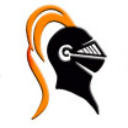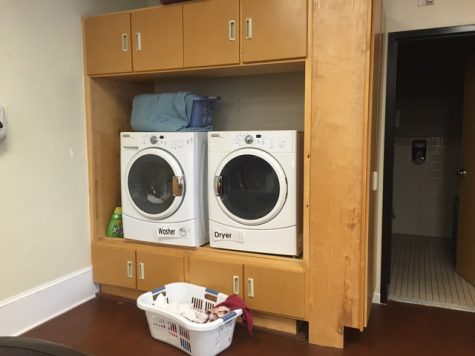An Inside Look at the Life Skills Program at SHS

June 8, 2016
Many students and teachers at Stamford High are unaware of a great program that has a huge impact on some of their fellow peers.
The Activities of Daily Living is part of the special education program here at SHS. Students participating in the program broaden their knowledg

e on life skills. It wasn’t until I participated in a Friendly Faces activity (a club at SHS that participates in social events with special needs students) that I saw this amazing room with a full kitchen, a pantry full of ingredients and snacks for the students to work with, a washer and dryer, and many other household appliances that help these students learn skills that they use on a daily basis.
I feel so proud to be a part of a school that offers such a valuable program to my peers, insuring that they are prepared to live in the real world. I was able to sit down with Ms. Patricia Ashley, one of the wonderful special education teachers involved in this program here at Stamford High to learn more about the program.
RT: Can you clarify for me what “life skills” really mean?
PA: Life skills are a broad range of knowledge and skills which help an adult live an autonomous life. With a curriculum that includes the academic, personal, social and occupational aspects of life, this is all possible through Activities of Daily Living.
RT: What type of skills do you teach the students and what activities do you do with them?
PA:
- Basic cooking and house cleaning skills
- Finding and reading recipes including measuring
- Using a microwave and stove
- Using household appliances such as hand mixers, vacuums, toasters etc.
- Phone skills – ordering pizza, taking a message
- Leisure skills – how to use a remote control for TV, finding new music, navigating the computer, word searches, crossword puzzles and board games
- Community access – learning to take the city bus, shopping in grocery, department, and convenience stores and ordering food in restaurants
- Money skills – paying in a store, balancing a bank account and counting money
- Self-advocacy skills
RT: When did this program start?

PA: Around 6-7 years ago.
RT: What is your goal with this program?
PA: Our goal is to make students as independent in their own lives as possible.
RT: Do the students like participating in this program?
PA: Most students do like participating. The activities are generally motivating (following a recipe to make cookies that we then eat). Some students have a hard time touching certain textures so they need extra time to become comfortable in the activities. We work with the Occupational Therapist to address skills that need extra attention, especially fine motor skills and tactile defensiveness.
RT: Where does this program fit into the students’ schedules?
PA: The class is set in their schedule, just like English or PE. It is a two year course for freshman and sophomores. Junior and senior students take a vocational/work study class where they have job internships at local businesses.
As you can see, these teachers don’t just teach within the walls of Stamford High; they go above and beyond and bring special education students into the Stamford community to help them learn valuable skills. Not only do these activities bring a period full of fun to these students every day, but they also benefit them on so many levels. To all of the special education teachers involved in this truly amazing program– On behalf of the Stamford High community, thank you very much!



